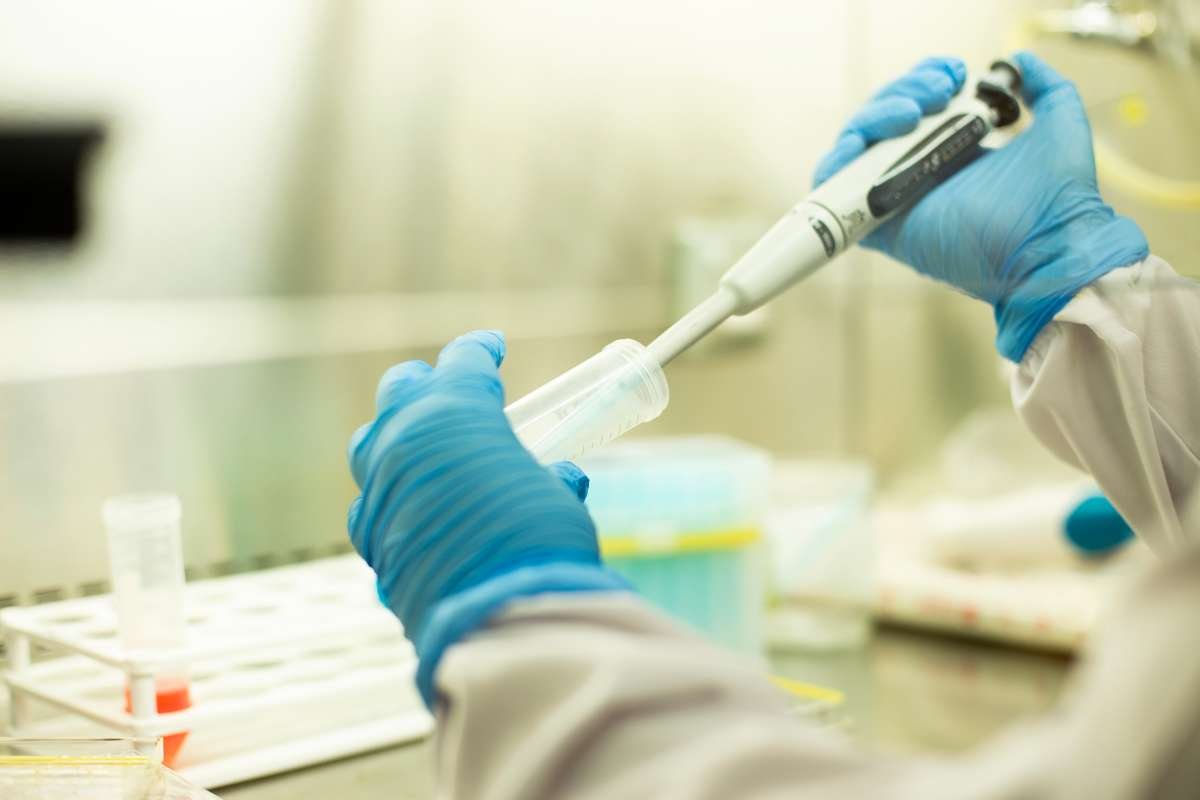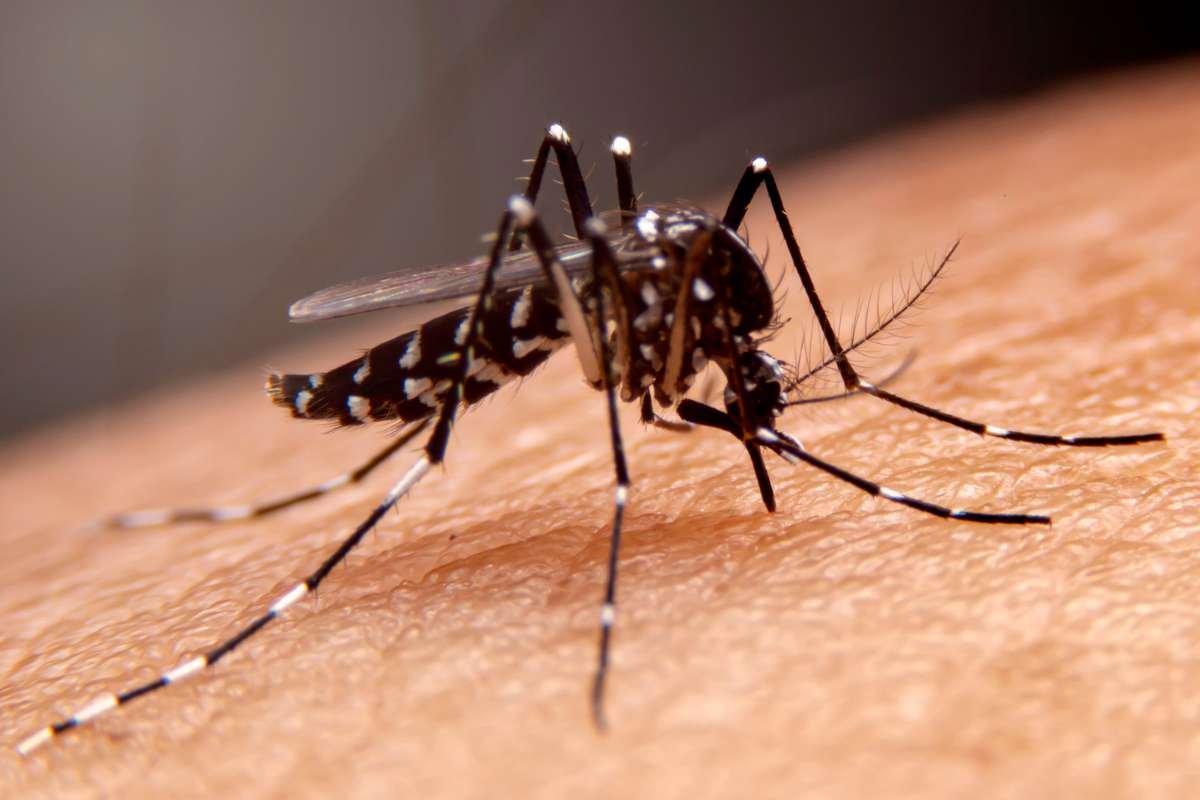Image by Murat Photo from Getty Images
In the world of Biological research and biopharmaceutical production, cell culture optimization plays a vital role. It is a process of refining the conditions that are created for the cells to grow in vitro, making sure that these cells are thriving and producing consistent outcomes. Optimal growth conditions are essential for experimental success whether you are cultivating mammalian, bacterial, or fungal cells. Researchers, lab technicians, and scientists depend on these optimized protocols to ensure reproducibility, scale-up potential, and maximum yield.
This article delves into the principles of cell culture optimization, key techniques, and the latest advancements in the field to help laboratories refine their cell culture processes.
Importance of Cell Culture in Biotechnology

Cell culture optimization is an initial factor in life sciences. It’s used in diagnostics, research, and biopharmaceutical productions. These cells are cultivated in a well-observed and controlled atmosphere to study their behavior, and understand disease mechanisms, and then produce vaccines, enzymes, antibodies, and other therapeutic agents. But to fully expose their potential these cell cultures need to go through optimization which becomes essential for them. Then optimized conditions of these cells help support them to improve cell viability, fasten their growth rate, enhance their protein production, and make consistent experimental outcomes.
The lack of optimization can lead to poor cell growth, contamination, or even failure of the entire experiment, costing researchers both time and money. Hence, refining the parameters and understanding the intricacies of cell culture is crucial.
Key Parameters in Cell Culture Optimization
To successfully optimize a cell culture, several key parameters must be carefully monitored and adjusted. These include:

1. Medium Composition
The nutrient composition of the culture medium is a critical factor in cell growth. Each cell type has specific nutritional needs, and the medium must be tailored to meet those requirements. While traditional media such as DMEM or RPMI 1640 are commonly used for mammalian cell cultures, some cells may require custom formulations. Vitamins, amino acids, growth factors, and glucose levels all contribute to the overall health of the cells.
Optimization here involves balancing nutrient concentrations to prevent under- or over-nutrition, which can cause metabolic stress or abnormal growth. With cell culture optimization, identifying the right medium composition is vital for achieving maximum cell proliferation.
2. Temperature and pH
Temperature regulation is another crucial aspect of cell culture optimization. Most mammalian cells are maintained at 37°C, while bacterial cultures typically thrive at lower temperatures. Deviation from the optimal temperature can lead to abnormal cell growth or cell death.
Similarly, pH plays a significant role in cell metabolism and enzyme activity. The ideal pH for mammalian cells ranges between 7.2 and 7.4. Media with phenol red, a pH indicator, can help monitor pH levels during the culture process. Adjustments should be made to maintain this range, as fluctuations can drastically affect cell growth.
3. Oxygen and Carbon Dioxide Levels
Cells require proper gas exchange to maintain their metabolic functions. Oxygen levels, or the oxygen tension (pO2), need to be optimized based on the cell type. While some cells thrive in high-oxygen environments, others, like stem cells or certain tumor cells, may require hypoxic conditions.
Carbon dioxide (CO2) is equally important. In mammalian cell culture, CO2 helps maintain the pH of bicarbonate-buffered media. Most incubators are set to 5% CO2, but this may need adjustment based on the cell type and medium used.
Cell culture optimization often requires continuous monitoring and controlling of gas levels to support optimal cellular activity.
4. Serum Supplements
Serum, typically fetal bovine serum (FBS), is added to many cell culture media as a source of growth factors, hormones, and attachment factors. While it can promote cell growth, there are challenges associated with serum, such as batch variability and potential contamination. Some labs now prefer serum-free or chemically defined media, especially in biopharmaceutical production, to avoid the inconsistencies associated with serum.
By adjusting serum concentrations or opting for alternatives, researchers can enhance their cell culture environments as part of their cell culture optimization strategies.
5. Cell Density
Cell density impacts nutrient consumption, waste production, and the overall health of the culture. Low-density cultures may not grow efficiently, while over-confluent cultures can lead to contact inhibition, slowing cell division and causing cell death.
Regular monitoring and adjusting cell density, either through passaging (splitting) or seeding at appropriate concentrations, is a key part of any cell culture optimization process.
Advanced Techniques in Cell Culture Optimization

With advancements in technology, cell culture optimization has evolved beyond traditional methods. Here are some cutting-edge approaches currently being used in research and industry:
1. Automated Systems
Automation is transforming how cell cultures are optimized. Automated bioreactors and monitoring systems allow for real-time analysis of culture conditions, such as pH, temperature, and gas concentrations. These systems reduce human error and improve consistency in experiments. Automated feeding strategies and cell monitoring systems ensure that cells receive the optimal nutrients at the right times, further enhancing growth rates and productivity.
2. High-Throughput Screening
High-throughput screening (HTS) enables researchers to test multiple culture conditions simultaneously, significantly accelerating the optimization process. By testing different media formulations, serum concentrations, and environmental conditions in parallel, researchers can quickly identify the best conditions for their specific cell type.
This approach is particularly valuable in drug discovery and biomanufacturing, where cell culture optimization is crucial for maximizing the production of therapeutic proteins or vaccines.
3. 3D Cell Culture
Traditionally, cell cultures have been grown in two dimensions on flat surfaces. However, 3D cell cultures are now gaining popularity as they better mimic the in vivo environment of tissues and organs. Cells grown in 3D often exhibit more natural behavior, making them ideal for drug testing and tissue engineering applications.
Optimizing 3D cultures requires careful adjustment of parameters, such as scaffold composition, oxygenation, and nutrient diffusion, but the results are often more physiologically relevant than 2D cultures.
The Future of Cell Culture Optimization
As the demands of the biotechnology and pharmaceutical industries grow, the importance of cell culture optimization will only increase. Personalized medicine, cell-based therapies, and regenerative medicine all rely on the ability to culture cells effectively and efficiently.
Emerging trends like the use of artificial intelligence (AI) in predicting optimal culture conditions, machine learning algorithms to fine-tune variables, and the development of fully automated, closed-loop systems will push the boundaries of what’s possible in cell culture research.
These advancements promise not only to improve the reproducibility and reliability of cell cultures but also to reduce costs and time to market for biopharmaceutical products.
Conclusion
Cell culture optimization is at the core of the present day’s biological study and therapeutic production, by filtering out parameters such as medium composition, temperature, pH, oxygen levels, and cell density. Scientists can make sure that the cell grows efficiently and produces high-quality results. The incorporation of advanced types of machinery, such as automated systems and 3D culture methods, is driving the future of this field.
For any laboratories looking to enhance their experimental results or increase production efficiency, investing your time and resources into cell culture optimization is a wise move.







